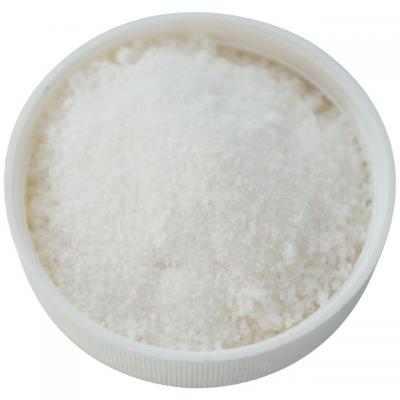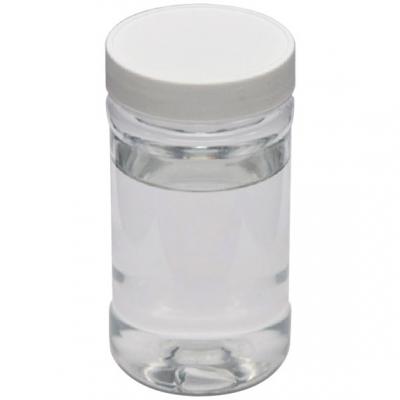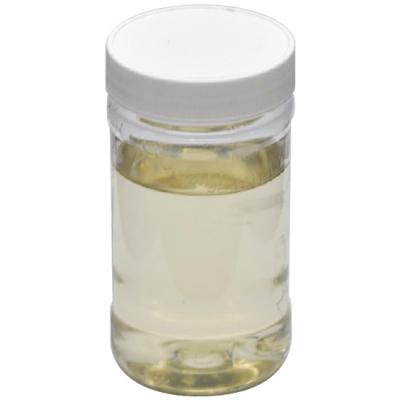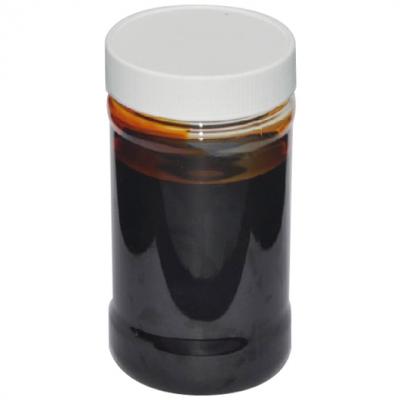Brief information
-- This product is a white powdery solid, which is 1/8 of traditional soda ash in reactive dyeing. Both washing fastness and rubbing resistance are better than soda ash fixing. Compared with soda ash, it has obvious advantages in cost accounting. In terms of washing, the traditional soda ash is generally not less than 4 times of washing water, and the use of fixing substitute alkali generally only needs 2-3 times to clean, and the number of washing water is less, and it also saves electricity. Compare the COD value of the process residual liquid. It reduces the burden of waste water treatment and fully achieves the goal of environmental protection, energy saving, low consumption and lower production costs.
Main Ingredients
-- Complex alkali of organic and inorganic substances
General properties
-- Appearance: white powder solid
-- PH (1% aqueous solution): 11.5-12.5
-- Ionicity: non-ionic
-- Solubility: easily soluble in water
-- Stability: resistant to acids, alkalis, electrolytes and hard water
Properties and fields of application
-- Reactive dye dyeing substitute alkali is an optimized alkali agent for reactive dye dyeing process. It has a good buffering effect. It can replace the traditional process with 1/8 dosage in the dyeing process of cellulose fiber and blended fabric with reactive dyes. Soda ash, while providing controllable simultaneous dyeing and solid coloring.
-- Cloth effect: Even if the water quality is poor, the concentration of calcium and magnesium ions is high, there is no white spot caused by soda ash due to the residual carbonate of washing.
-- Advantages: Convenient chemical materials, easy management, and low cost.
-- Suitability: Suitable for various equipment, various reactive dyes and simultaneous dyeing and solid coloring under different water ratio conditions.
-- This formula does not contain caustic soda and will not produce color stains.
Application
-- Dilution : Weigh the specified amount accurately, dilute it with 10 times of water in the vat with boiling water, and then add it to the dye vat.
-- Feeding: the first 1/3 of the amount should be added slowly, and the last 2/3 of the amount should be added at once.
-- Dosage: 1/8 of the amount of soda ash used Soda ash: 2.5g/L
-- Dyeing: Bath ratio>10 is calculated as the water ratio; bath ratio <10 is calculated as the weight of the cloth
Packing and storage
-- Packing: 125 kg/polyethylene drum
-- Storage: 6 months in sealed container at room temperature





